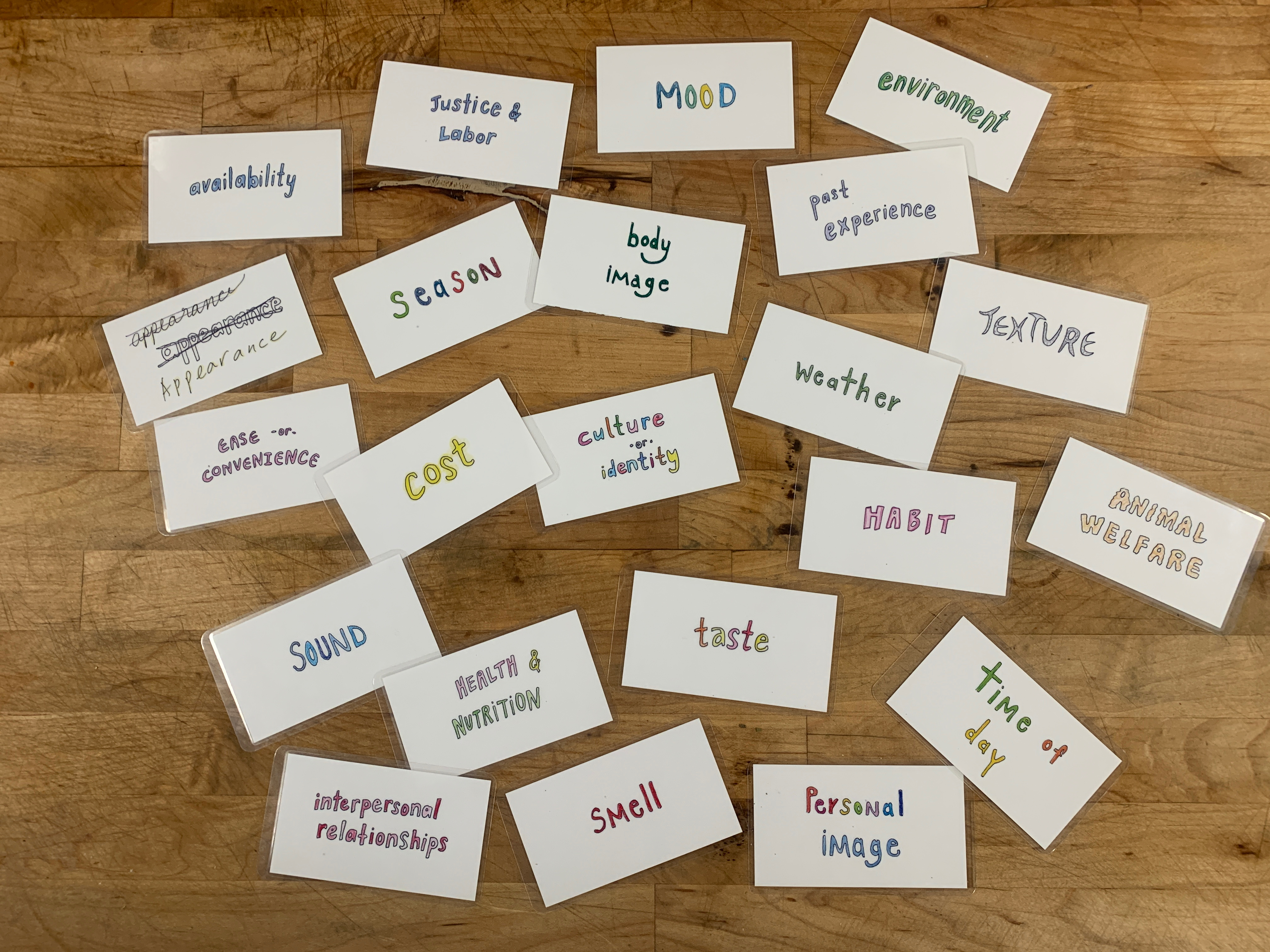Students read and discuss an article about the Mandela Foods Cooperative (MFC), a small community-run grocery store in West Oakland. Using MFC as a case study, students analyze and discuss the intersections of health, environment, labor, economic inequality, and food access.





